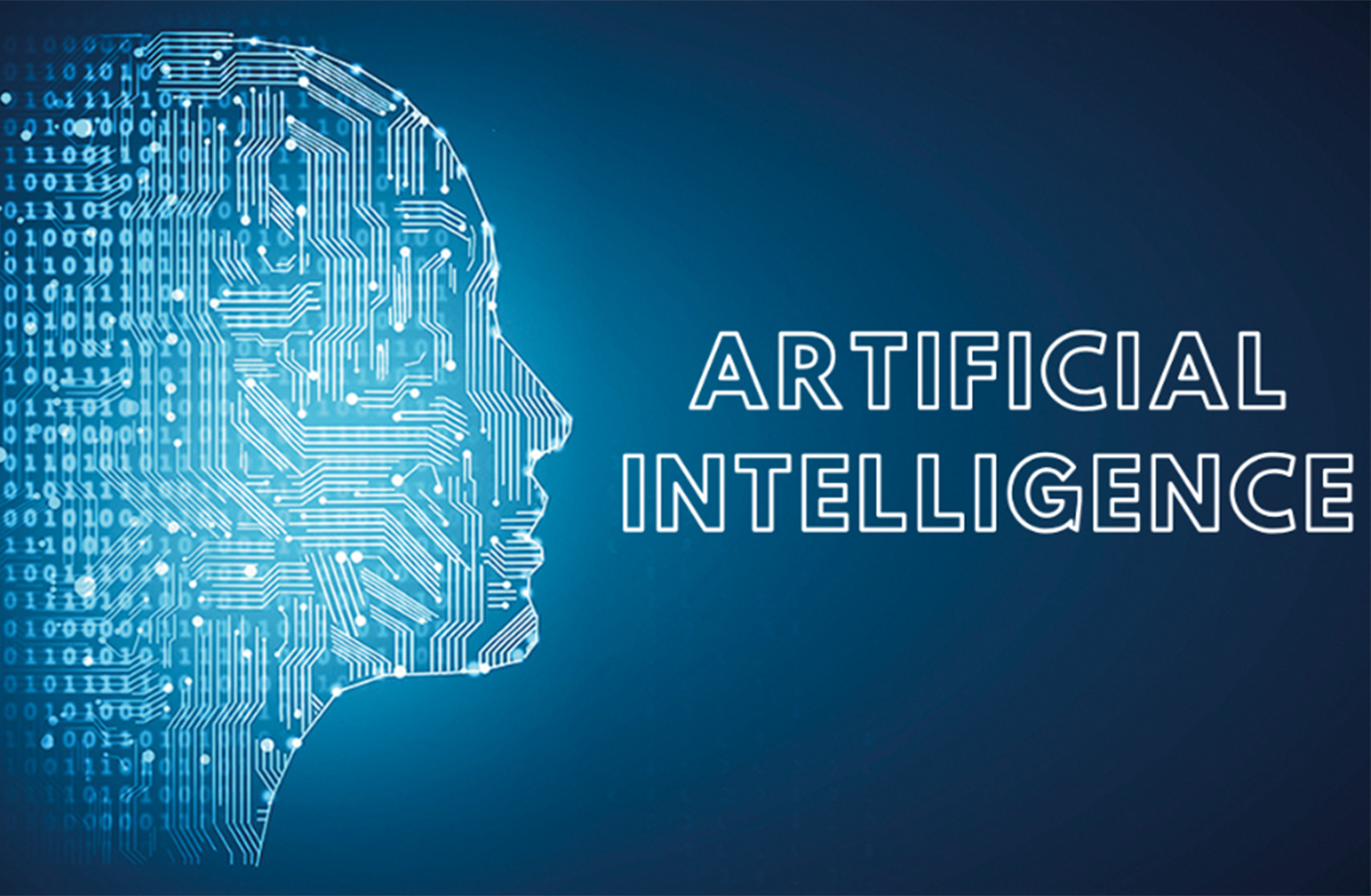
The Hidden Limitations of Large Language Models
In the age of AI marvels, large language models (LLMs) like GPT-4 have become the digital chameleons guiding us through a world of endless information, creative storytelling, and helpful conversations. Their ability to generate human-like text has wowed both tech aficionados and everyday users, making us wonder if they truly possess a kind of superpower. But beneath the surface of their impressive capabilities lie some intriguing and often overlooked limitations—hidden boundaries that remind us they are, after all, clever tools rather than all-knowing sages. Let’s embark on a journey to uncover what these AI giants cannot do and the surprising constraints that shape their outputs.
Despite their remarkable versatility, large language models are not magical oracles. They generate responses based on patterns learned from vast amounts of data, but they lack genuine understanding or consciousness. This means they can sometimes produce plausible-sounding but factually incorrect or outdated information, a phenomenon known as “hallucination.” For instance, a well-trained LLM might confidently assert a false historical event or scientific fact, confusing users who take its words at face value. This limitation highlights that AI does not inherently comprehend the meaning behind the words it strings together—it simply recognizes and reproduces statistical patterns.
Another critical boundary is the inability to genuinely reason or think critically. While LLMs can mimic reasoning by following learned patterns, they do not possess true logic or common sense. For example, if asked a question requiring multi-step reasoning or understanding of cause-and-effect relationships, they may stumble or craft responses that seem logical but are flawed upon closer inspection. This is because their “thinking” is a simulation based on probabilities, not an actual mental process. Consequently, complex problem-solving tasks or nuanced debates often reveal their superficial grasp of reasoning.
Furthermore, large language models are limited by the scope and biases of their training data. They often inadvertently reproduce stereotypes, cultural biases, or prejudiced viewpoints present in their source material. This can lead to outputs that are biased or inappropriate, despite efforts to mitigate such issues. Additionally, they lack the ability to learn from new experiences after their training is complete, meaning their knowledge stagnates at the cutoff date. As a result, they are not capable of adapting in real-time or staying current with ongoing events without external updates.
===Surprising Boundaries: The Hidden Limits of AI Magic===
One of the most surprising limitations of LLMs lies in their inability to truly understand context over long conversations. While they can maintain coherence within a session, they often struggle with remembering details from earlier exchanges or grasping the broader context across multiple interactions. This shortcoming can lead to inconsistencies or contradictions, revealing that their “memory” is limited to the immediate input prompt rather than a genuine understanding of ongoing dialogue. For users seeking a seamless, multi-turn conversation, this boundary can be a subtle but noticeable obstacle.
Another intriguing boundary is their difficulty with tasks requiring real-world sensory experiences or physical interaction. Large language models are confined to the realm of text—they cannot see, hear, smell, or touch. This limitation means that they cannot interpret images, analyze sounds, or understand tactile sensations unless explicitly described in text form. Consequently, they are unable to perform tasks that involve direct perception or physical manipulation, like diagnosing a medical scan or navigating a complex environment. This sensory gap underscores that AI, no matter how advanced, remains abstracted from the tangible world we live in.
Lastly, while LLMs can generate creative content, their “creativity” is often a remix of existing ideas rather than genuine innovation. They excel at mimicking styles, composing poetry, or brainstorming ideas based on patterns learned, but they lack true inspiration or the ability to conceive entirely novel concepts. This means that their creative outputs, although impressive, are ultimately bounded by their training data and algorithms. They do not possess imagination in the human sense, which limits their potential to pioneer groundbreaking ideas or challenge the status quo in the way human innovators do.
===OUTRO:===
As dazzling as large language models are, they are still marvels built within certain boundaries. Recognizing their hidden limitations reminds us to appreciate their power while staying mindful of their boundaries. They serve as incredible tools—assistants, collaborators, and sparks of inspiration—yet they are not substitutes for human insight, wisdom, and creativity. Embracing these limitations encourages us to use AI responsibly and creatively, leveraging its strengths while acknowledging where it cannot go. After all, the true magic lies in how we pair human ingenuity with the extraordinary potential of these digital companions!